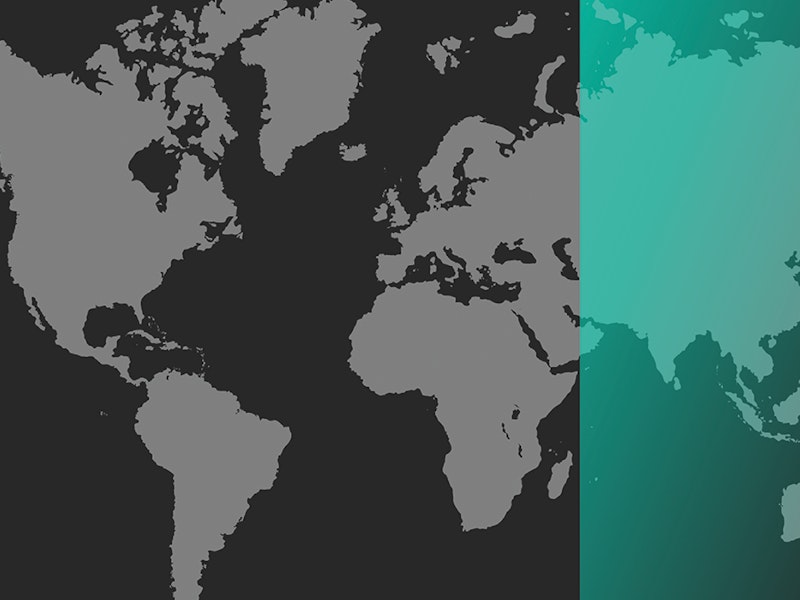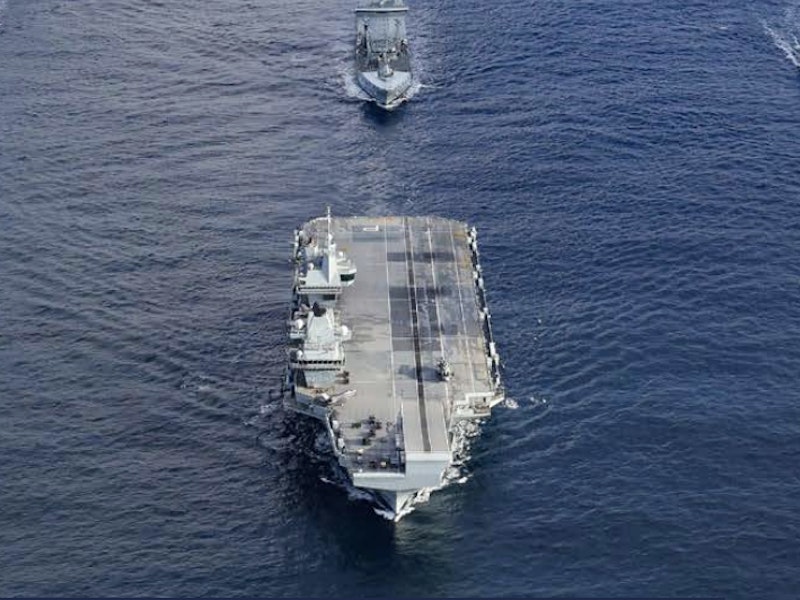
Ally Shoring: the answer to China’s hold on critical minerals
In 1987 the then Chinese President Deng Xiaoping, noting the country’s vital role in manufacturing, observed that “The Middle East has oil. China has rare earths.” Beijing has taken this concept and run with it. Today, China controls around 60% of the world's production of rare earths, giving it considerable influence over the supply and price of metals central to the world economy.
It is not just rare earths where China has significant control. Beijing now has a hold over the supply chain of many of the 50 critical minerals (including rare earths) identified by the US Geological Survey, as well as an additional 18 that are specific to the energy industry, ranging from aluminium and antimony to zinc and zirconium.
The extent of this control has only recently come to light, despite Beijing working on its international position for many years. With alarm bells now ringing in the West and elsewhere – both at the government level and within industry – a push towards ‘ally-shoring’ has emerged in the US in particular, and would see the country join forces with its allies to mine and refine critical minerals and reclaim supply chains from China.
A particular concern is China’s cornering of the market in refining minerals. Given its challenging environmental impact and a requirement for expensive power, refining has fallen out of favour in many countries; China has been quick to take advantage, creating choke points in the supply chains of many commodities.
Lithium is a good example. Vital for electric vehicle (EV) batteries, lithium reserves are widespread. China itself only has 11% of reserves, and accounts for 18% of mine production, however, as of 2022 Chinese enterprises owned 72% of lithium refining capacity.
The challenge facing the West – and others – is that China is increasingly willing to use its supply chain dominance to further its strategic goals. Between 2009 and 2020 Beijing increased the number of export restrictions on critical minerals by a factor of nine, and became the country with the most restrictions in the world (accounting for a fifth of the total). In 2023, export controls on gallium and germanium were announced, both of which are critical for the renewable energy transition and the semiconductor industry. These were introduced in response to US sanctions on the export of components needed for China’s technological industries.
The US in turn is making attempts to reduce its critical minerals vulnerabilities. Washington is funding initiatives to find substitutes for critical minerals and ways to boost recycling. However, there are technical challenges in achieving both, meaning that these efforts are unlikely to significantly improve the US’s position in the short term.
An alternative would be to build a stockpile of critical minerals. The US already has a National Defense Stockpile, but this has been run down over the last few decades and its value in 2022 was less than USD1 billion, 1/40th of its value in 1952.
The Inflation Reduction Act (IRA) of 2022 seeks to encourage the domestic supply of critical minerals. There is though little belief that this will significantly reduce the US’s exposure in the short term; one study suggests that only 8% of refined cobalt supply will be IRA-compliant in 2025, excluding European material.
The reference to European material is an important one. Many US allies have not only huge reserves of critical minerals, but refining capacity too. The stats make the advantages of ally shoring obvious. Take copper, the third most used industrial metal after iron and aluminium, and which is vital for almost all technologies.
On its own, the US has 5% of global copper reserves, 5% of mine production, and 3% of refining capacity. By comparison, China and countries like Russia who stand in opposition together have 12% of copper reserves, 12% of mine production, and 48% of refining capacity. If the US pooled its resources into an ally shoring initiative for copper, particularly with Australia (for its reserves and mine production) and Japan (for its refining), then the combined ‘weight’ would make the copper market much more evenly balanced. The US & Allies together would hold 19% of global copper reserves, 13% of mine production, and 18% of refining capacity.
Not only would this provide more secure alternatives for supply, but would reduce Beijing’s ability to manipulate market prices, which it has often been accused of doing to suit its own ends.
There are the beginnings of an ally shoring push. The Mineral Security Partnership, a collaboration of 14 countries and the EU, including many of the US’s closest allies like the UK, Canada, and Australia, was founded in 2022 to build out non-Chinese critical mineral supply chains. But there is far more to do, including the bolstering of refining capacity across allied countries. This has started, with a new cobalt production facility opening soon in Arizona and a lithium refinery in Canada that is expected to be running in 2028, but again far more is needed to reduce US reliance on Chinese metal supply chains.
Despite its advantages, ally-shoring is difficult to achieve. It demands the ability to politically and economically coordinate a response that provides equal benefits to all involved, which in turn requires a comprehensive understanding of the supply chain vulnerabilities of the allies and their partners. All of this takes political will, which China is very adept at challenging, as it has shown by already persuading countries like Spain and Germany to push back on EU efforts to introduce tariffs on Chinese-made EVs.
China’s supply chain control does not need to be permanent. Unilateral policies by Washington can have an impact, but they will likely be much more effective if undertaken in cooperation with allies. Without concerted similar efforts and resources, the US and its allies are unlikely to be able to seriously counter China’s dominance of critical mineral supply chains.
Adarga’s recently launched Supply Chain Vulnerability Index methodology has been developed to provide unmatched insight into the geopolitical risks posed to supply chains, to learn more click here









